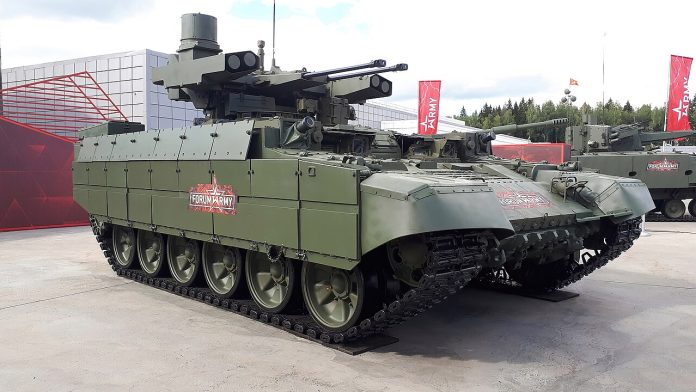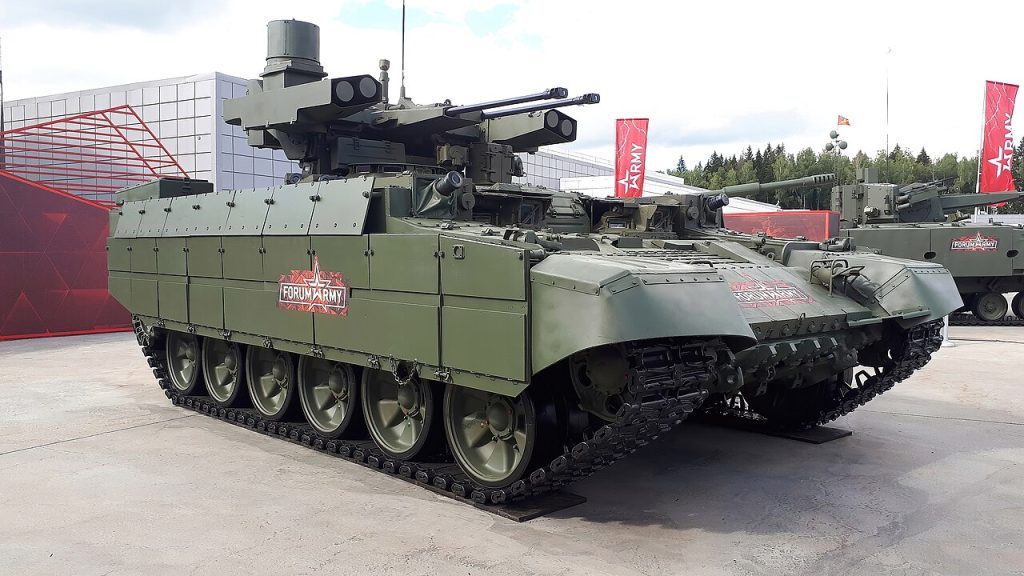
Russia’s newest battlefield addition is not a tank, but it could revolutionize the way tanks fight. The BMPT “Terminator” tank support vehicle returned to the forefront of the news cycle with a new shipment delivered to the Russian military in 2025, which comes equipped with new armor, anti-drone defense, and electronic warfare systems. The move incites debate over whether the vehicle’s design conceived in the failed urban combat of Chechnya will be sufficient for Ukraine’s drone-infested, artillery-intensive battlefields.
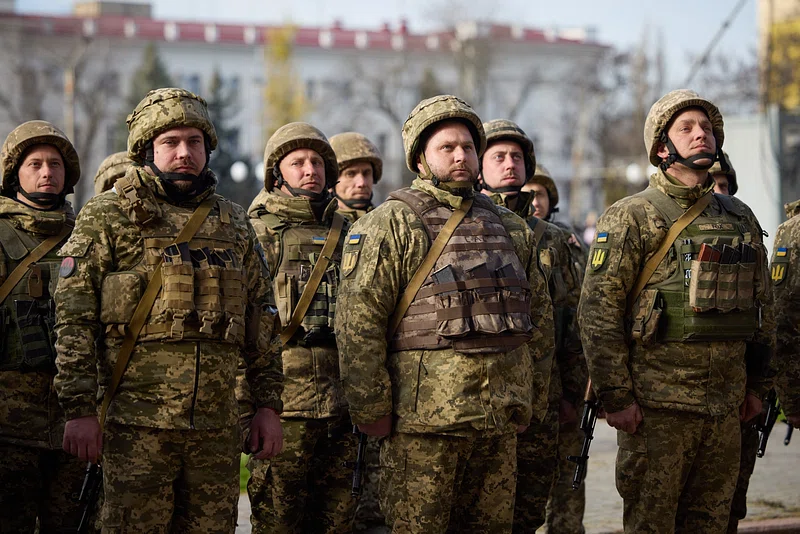
Though the Terminator’s debut has been hailed by Russian military authorities as a significant addition to ground troops, its combat history presents a different picture. Ranging from high-profile battlefield defeats to outward design changes, the BMPT experience provides a glimpse of Russia’s evolving armored warfare strategy. These seven points highlight the Terminator’s role, capabilities, and weaknesses.
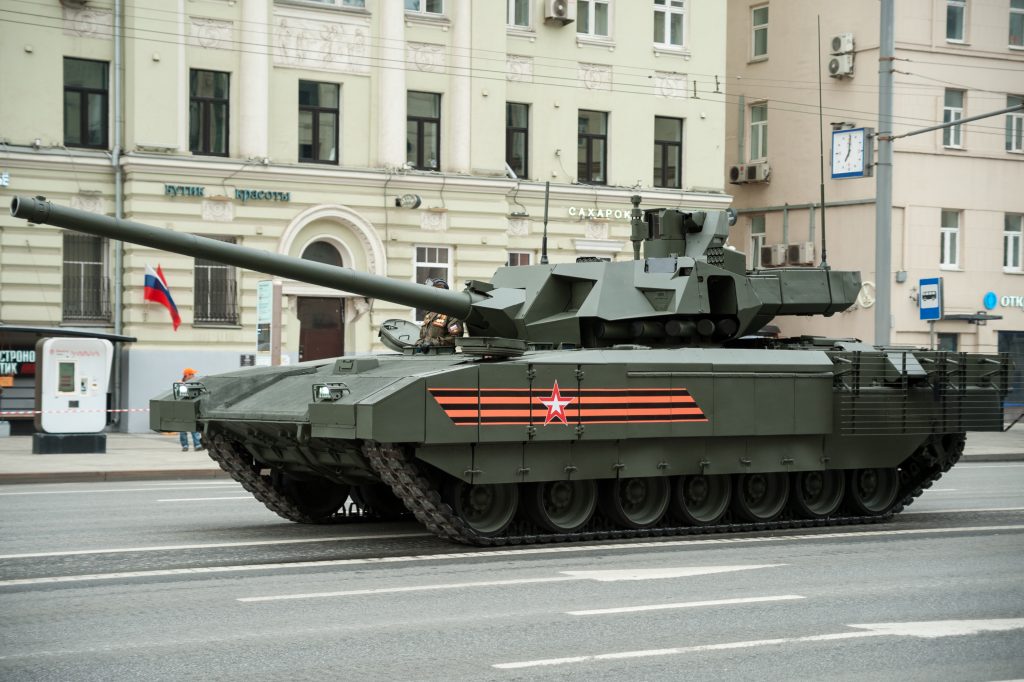
1. Origins in Urban Warfare
The idea for the BMPT came into being following Russian troops’ disastrous losses during the mid-1990s Chechen conflicts, in which tank tactics of the Soviet era were ineffective in urban and dense environments. Intended to ride alongside tanks and neutralize enemy fire from rooftops, windows, and reinforced positions, the BMPT was first displayed during the 2013 Russian Arms Expo. Based on the T-72, T-90, or T-14 Armata tank chassis, it aimed to counter a challenge that tanks cannot tackle alone killing infantry and anti-tank crews in close combat without putting main battle tanks into ambush.
This functional need continues to be applicable in Ukraine, where urban warfare once more has proved disastrous for armor units. The deployment of the BMPT in 2022 was Russia’s effort to apply lessons from previous conflicts to a contemporary battlefield overpopulated with precision-guided weapons and drones.
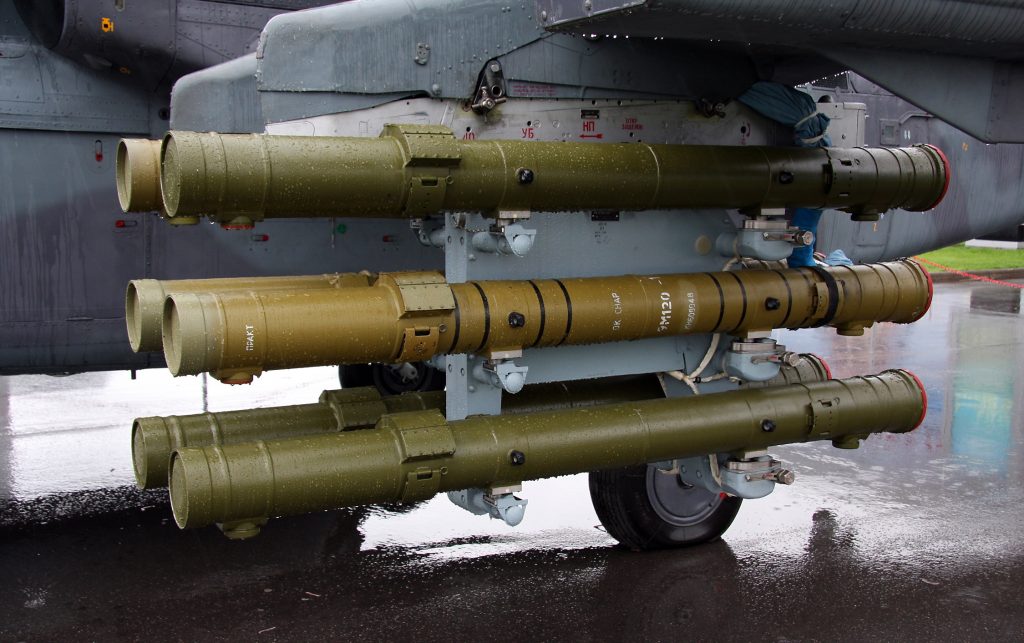
2. Armament Designed for Suppression
The production BMPT is equipped with twin 30 mm 2A42 autocannons capable of a combined ready store of approximately 850 rounds, four Ataka-T guided missiles, a 7.62 mm coaxial PKTM machine gun, and dual 30 mm automatic grenade launchers. The cannons may switch between high-explosive and armor-piercing belts, firing at targets ranging from 2.5 to 4 km, while the Ataka missiles provide penetration over 800 mm post-ERA and ranges up to approximately 6 km.
This multi-weapon setup enables simultaneous attack of multiple targets infantry, light armor, and fortifications combined with vertical angles of fire tanks cannot provide. It theoretically allows the BMPT to peel away infantry cover, opening the way for tanks to concentrate on fortified targets.
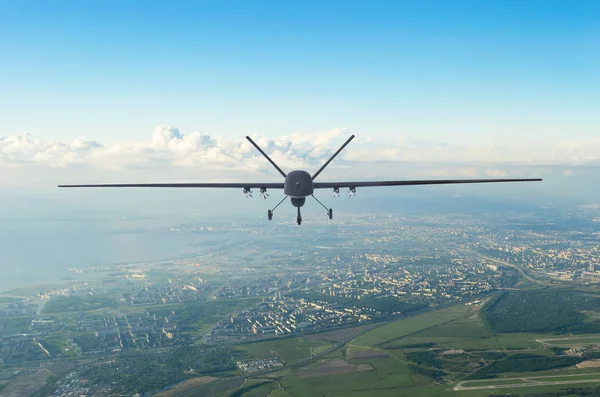
3. 2025 Drone Warfare Upgrades
The newer 2025-series BMPTs have extra explosive reactive armor, underbelly side skirts, and drone mesh screens mounted on metal spikes as front and rear protection. They also have small electronic warfare suites that can jam radio-controlled drones and interfere with targeting systems. The steps take cognizance of battlefield realities where first-person-view drones and loitering ammunition have become an Armor vehicle’s first threat.
As per Uralvagonzavod, these improvements differentiate the new batch from pre-2022 models to enhance survivability against Ukraine’s growing drone force.

4. Combat Record in Ukraine
Although designed to fulfill its purpose, the BMPT has performed poorly in Ukraine. Attested losses are three vehicles destroyed since February 2022, with incidents including artillery strikes, kamikaze drones, and concerted attacks. The first confirmed kill took place in February 2023 when Ukraine’s 140th Separate Reconnaissance Battalion disabled a BMPT with small arms fire before calling for artillery.
Some of the other significant losses involving the BMPT include an August 2023 kamikaze drone swarm attack in Donetsk and an October 2024 destruction by Ukraine’s 79th Separate Air Assault Brigade near Kurakhove. Such operations demonstrate the susceptibility of the BMPT when fighting alone without combined-arms support.
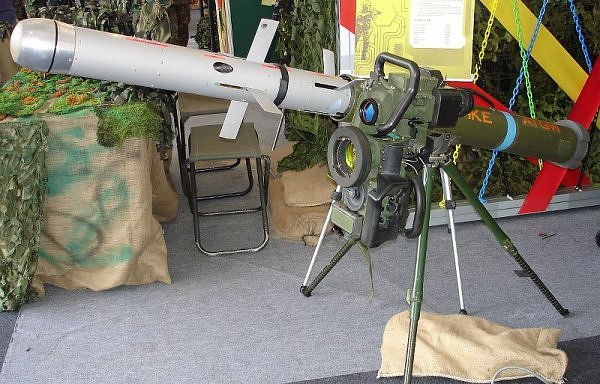
5. Tactical Role in Combined Arms Operations
The BMPT is designed to fight alongside tanks and assault engineer units, suppressing anti-tank guided missile units, RPG crews, and light armored vehicles. Its double autocannons deliver constant suppressive fire as grenade launchers engage dead ground inside 600 meters a locality where FPV drones and recoilless rifles tend to function.
When properly used, the BMPT is able to absorb drone attacks and clear out threats ahead of tanks before they move. But if commanders force them forward independently into mined or compromised terrain, they are exposed to top-attack drones and long-range missiles.
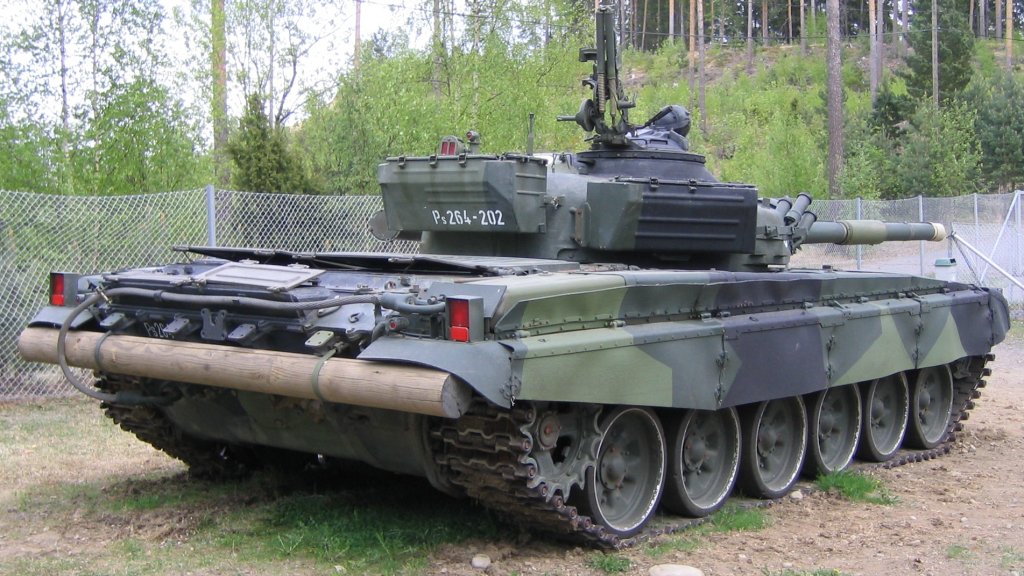
6. Manufacturing and Deployment Scale
Uralvagonzavod upped production of BMPTs in parallel with upgraded T-72 and T-90 tanks, with a goal to hit “Soviet-era production levels” in two years. Although overall numbers delivered under the initial 2017 contract are classified, glimpses indicate modest deployment one company of nine was spotted in Russia’s Central Military District in late 2021.
Recent video is observed to include at least five newly delivered BMPTs shipped by train in 2025, yet whether these quantities can affect the wider war effort remains contingent on persistent production and effective battlefield integration.
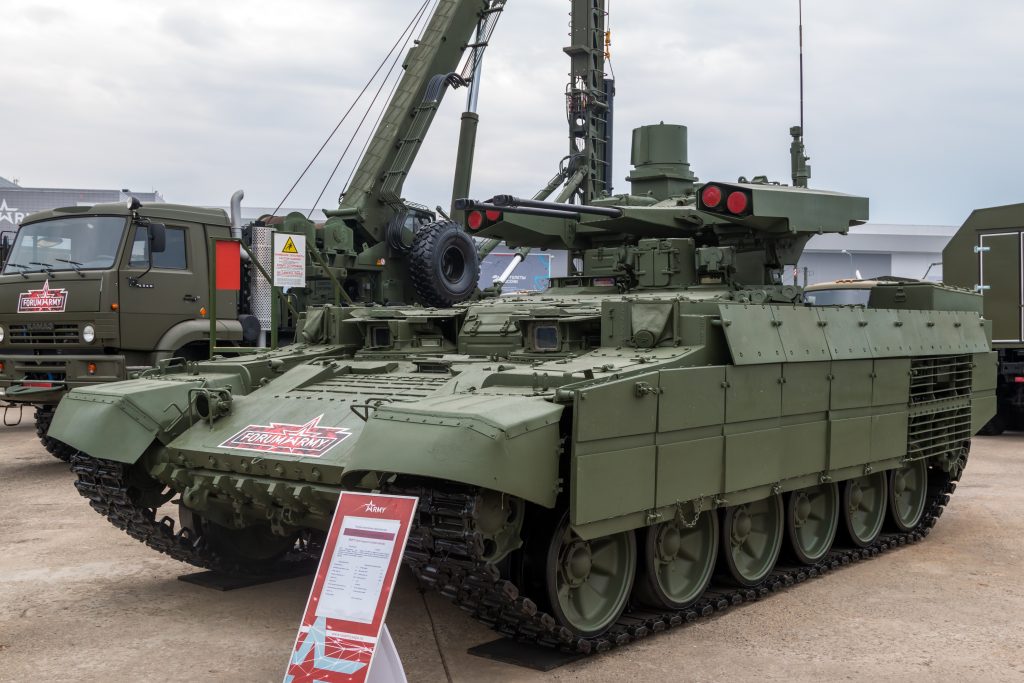
7. Expert Analysis and Future Prospects
Alexander Potapov, director general of the Uralvagonzavod manufacturer, has asserted that BMPTs have become tanks’ “main strike force” of Russia’s ground forces. However, analysts warn not to overestimate their role. Forbes’ David Hambling wrote that the BMPT might “end up as the last vehicle standing” in some situations, but its success will depend on combined-arms coordination.
Considering that Ukraine has already demonstrated to be able to neutralize BMPTs with artillery and drones, their future function might be as specialist support in urban warfare instead of being autonomous spearhead units.
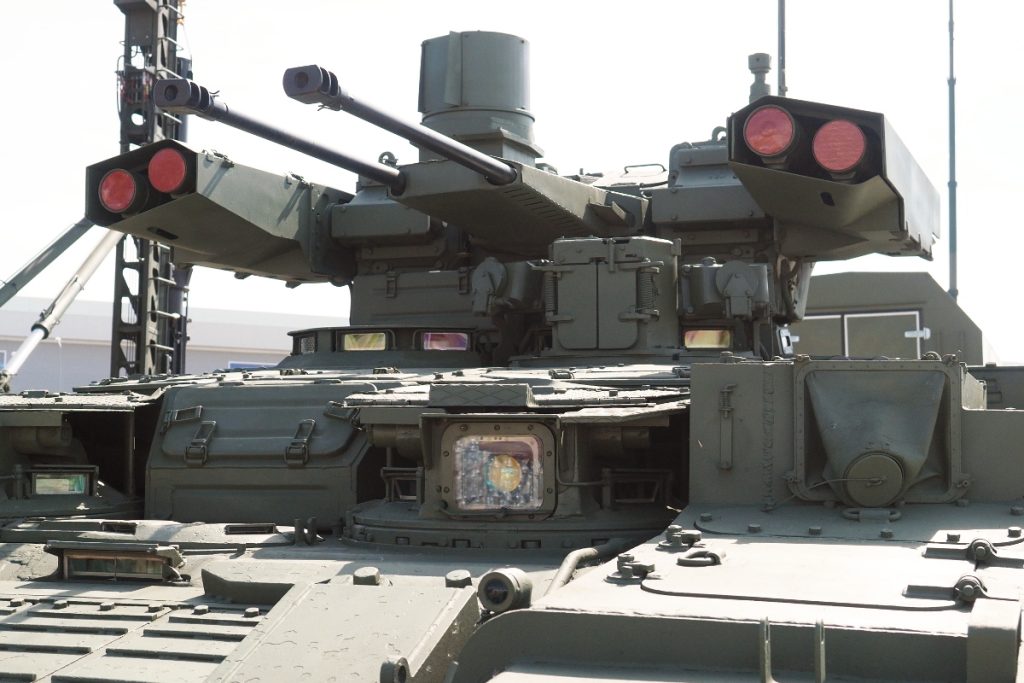
The return of the BMPT Terminator to Ukraine’s front lines reflects Russia’s effort to refashion its tank doctrine to face contemporary threats. The upgraded armor and multifunctional armament fill certain weaknesses, but the inconsistent combat performance of the machine exposes the limitations of technology in the absence of tactical integration. Whether the new production series will make a difference hinges less on the vehicle itself and more upon deployment within the overall context of Russia’s land warfare.
